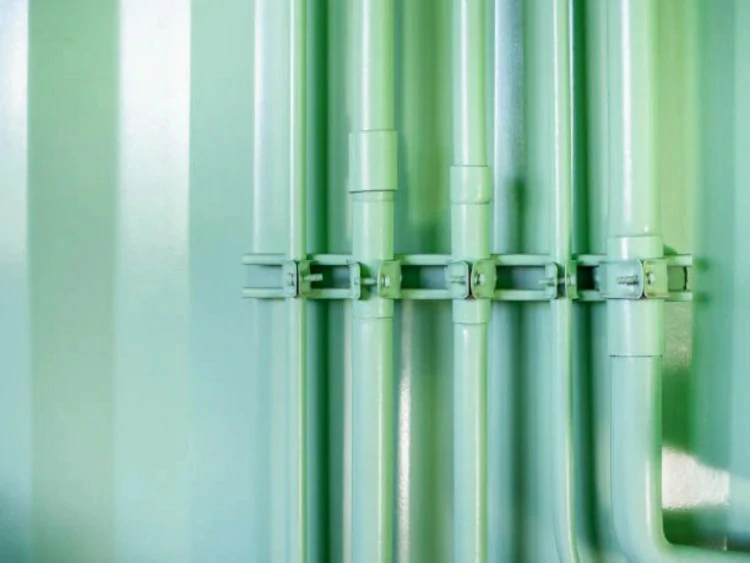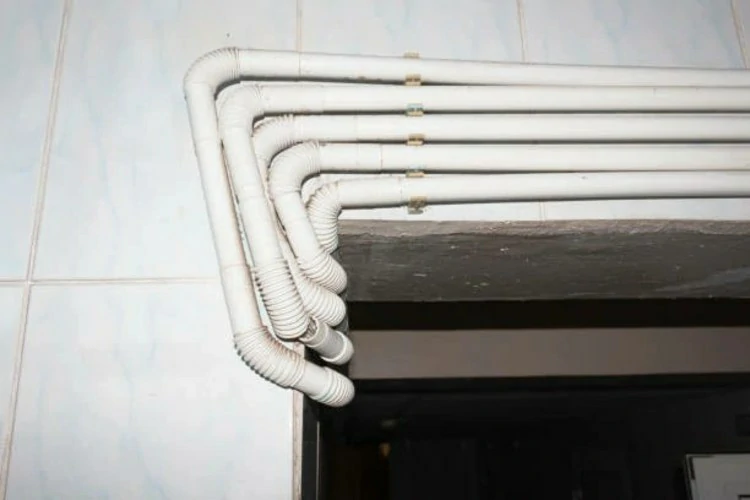Polypropylene Random Copolymer (PPR) pipes have been a reliable choice in various applications, and the evolution of PPR pipe technology continues to introduce new trends that shape the future of the plumbing industry. This article explores the emerging trends in PPR pipe technology that are expected to influence the market in the coming years.

1. Advanced Material Innovations for Enhanced Performance
Advancements in materials mark the future of PPR piping technology, introducing innovations that enhance the performance and durability of these piping.
1.1 Nanotechnology Integration: Nanotechnology is making its way into PPR piping manufacturing, allowing for the integration of nanoparticles into the material structure. This enhances the overall strength and resistance properties of PPR piping, making them even more robust and suitable for diverse applications.
1.2 Enhanced UV Resistance: PPR pipes are now being developed with improved UV resistance. This is a significant advancement, especially for outdoor applications where exposure to sunlight can impact traditional materials. Enhanced UV resistance ensures the longevity of PPR pipes in various environmental conditions.
1.3 Incorporation of Recycled Materials: Sustainability is a growing concern, and the future of PPR pipe technology embraces this by incorporating recycled materials into the manufacturing process. Pipes made with recycled PPR material maintain the performance of traditional pipes while contributing to eco-friendly construction practices.
2. Smart PPR Pipingand Digital Integration
The incorporation of smart technologies and digital integration is a notable trend shaping the future of PPR piping technology, bringing about enhanced functionality and monitoring capabilities.
2.1 IoT-Enabled PPR Systems: PPR piping are becoming part of the Internet of Things (IoT) revolution. IoT-enabled PPR systems allow for real-time monitoring of water flow, pressure, and temperature. This technology is particularly valuable in smart homes and industrial applications, providing data for efficient water management.
2.2 Predictive Maintenance Features: Smart PPR pipes are equipped with sensors that enable predictive maintenance. By continuously monitoring the condition of the pipes, these systems can predict potential issues, allowing for proactive maintenance and minimizing downtime.
2.3 Integration with Building Management Systems: PPR pipes are being designed to seamlessly integrate with building management systems. This integration enables centralized control and monitoring of water distribution, contributing to energy efficiency and overall system optimization.
3. Advancements in Installation Techniques for Efficiency
The future of PPR piping technology also involves advancements in installation techniques, focusing on efficiency, ease of installation, and minimizing environmental impact.
3.1 Prefabrication and Modular Systems: Prefabrication is becoming a standard practice in PPR piping installation. Prefabricated sections and modular systems simplify the installation process, reducing labor time and costs. This trend is particularly prominent in large-scale construction projects.
3.2 Innovative Jointing Systems: Innovative systems such as push-fit joints and heat fusion are replacing traditional jointing methods. These advancements not only speed up the installation process but also enhance the overall integrity of the plumbing system.
3.3 Environmental-Friendly Installation Practices: Future trends in PPR piping installation emphasize environmentally friendly practices. This includes the use of water-based lubricants, minimizing waste, and optimizing installation techniques to reduce the overall environmental impact of PPR pipe systems.
conclusion
In conclusion, a blend of advanced materials, digital integration, and innovative installation techniques characterizes the future of PPR piping technology. PPR pipes, at the forefront of embracing these trends, ensure enhanced performance, sustainability, and efficiency in diverse applications. Whether in residential plumbing, industrial processes, or smart building systems, PPR pipes are poised to play a pivotal role in shaping the future of water conveyance technology.
Contact:
IFAN is a manufacturer with 30 years of experience, specializing in plastic pipes, fittings, and valves in China. If you are interested in IFAN’s copper valves, PPR valves, pipes, and fittings, feel free to contact us. IFAN provides various standard pipes to meet your specific needs. Click the link below to explore IFAN’s diverse, cost-effective valve products, as well as related pipeline system products.
We will reply your email or fax within 24 hours.
You can call us at any time if there is any question on our production.
For more information,pls visit our webside https://www.ifanplus.com/
Pls Mailto: [email protected]






